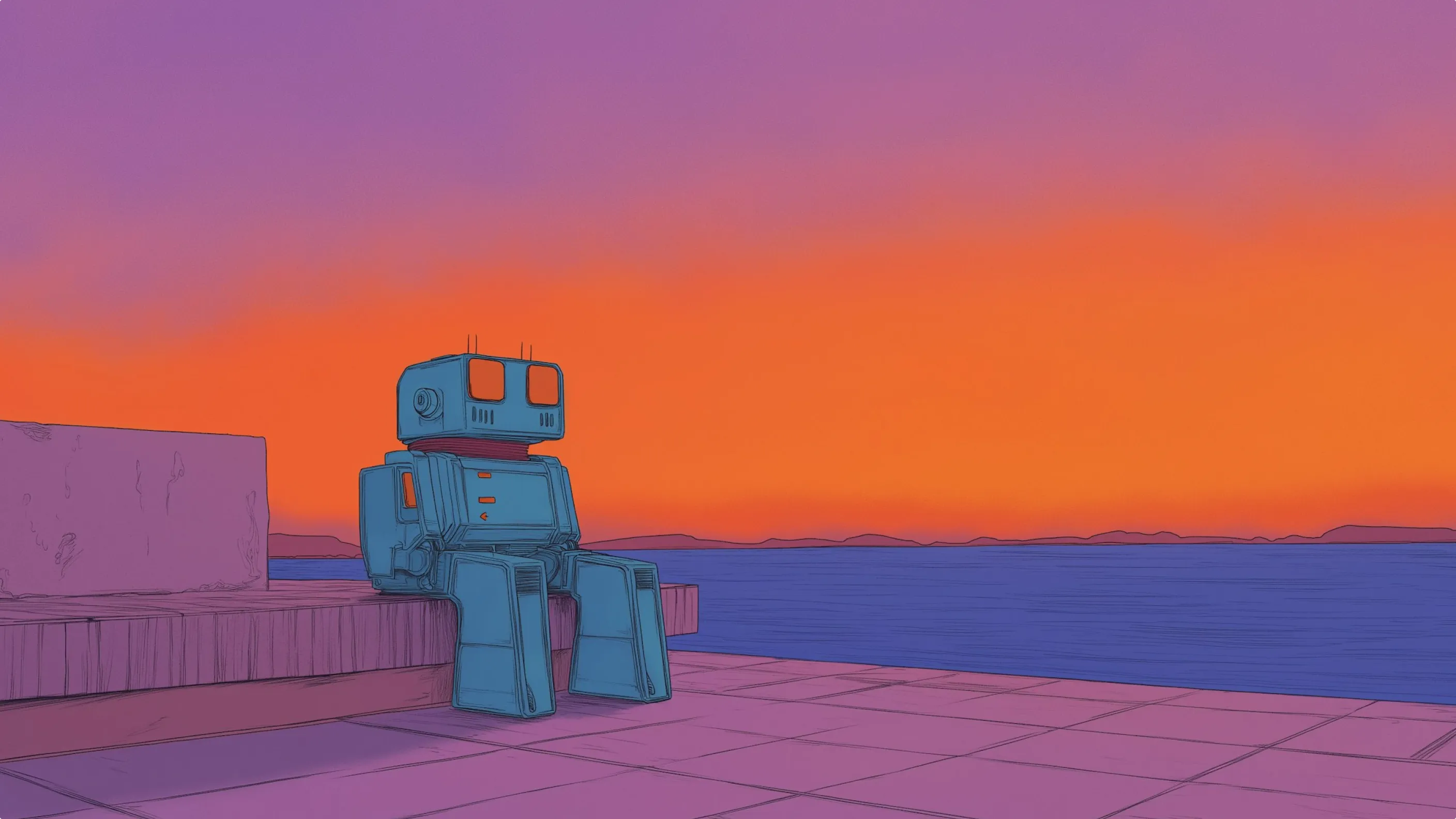Published ∙ 4 min read
Rising above the CRUD

Brian Swift
CEO, Twine

After a decade of building software products, certain patterns become muscle memory. Need to help users find something? Add a filter. Want to organize information? Create categories. These responses emerge automatically, embedded through years of crafting interfaces that primarily serve as windows into organized data.
I recently caught myself perpetuating these patterns during a product discussion. “We can solve that with filtering,” I suggested reflexively. The moment jarred me into an important moment of reflection: we were approaching tomorrow’s challenges with yesterday’s solutions.
The interface as a starting point
Traditional SaaS products revolve around interfaces. We build categorized, filterable, searchable lists of objects for users to navigate. Years of optimization have made these interfaces more intuitive and powerful. Yet AI offers us an opportunity to fundamentally transform how software serves its users.
Consider this perspective: interfaces should serve as delegation points rather than workspaces. Instead of crafting increasingly sophisticated ways for users to hunt through information, we can create AI systems that understand intent and deliver results. Some of our most powerful features at Twine emerged when we stopped thinking about interface improvements and started thinking about capability improvements.
From PRDs to JDs
This realization transformed our approach to product development. We abandoned traditional product requirements documents focused on features and interfaces. Instead, we write job descriptions for our AI’s capabilities. We ask ourselves:
- What new skills does this AI teammate need to develop?
- What systems and information do they need access to?
- Who do they need to coordinate with across the organization?
- How will they demonstrate their work process?
That last question carries particular weight. Automation brings immense power. But trust demands transparency. Users deserve to understand both the conclusion and the journey to reach it, just as they would expect from any colleague.
Building trust through evidence
The evolution from interfaces to capabilities demands a fresh approach to user trust. Traditional software builds trust through predictability. Users learn button locations and expected behaviors. AI-first products must build trust through evidence and clear reasoning.
When Twine spots a pattern in customer feedback, we show our work. Direct links to relevant customer conversations provide context and validate insights. This transparency transforms AI from an enigmatic system into a trusted teammate. We’ve found more and more common that users care less about perfect categorization and more about understanding why a particular learning matters now and what they need to do about it. More doing and less “work about the work”.
The freedom from endless options
Moving away from complex configuration options has liberated both our users and our development process. Users express their goals in natural language. The AI handles the underlying complexity. Sentences replace dropdown menus. Questions replace filter banks.
This shift represents more than improved user experience. Software’s role fundamentally changes. We focus on rapidly achieving user objectives rather than providing increasingly sophisticated control panels.
Looking ahead: Ambient intelligence
The next wave of software will likely barely maintain a visible interface. The most effective AI-first products will operate largely unseen, surfacing only to share critical learnings and updates, or to request guidance. They’ll measure success not by time spent in the application, but by outcomes achieved through minimal interaction.
Interfaces won’t disappear completely. They’ll evolve to emphasize intention and results over process and configuration. The best products will fade into the background, working continuously like reliable teammates.
Product teams face an exciting challenge. We must release our grip on familiar patterns and reimagine software’s potential with AI at its core. Success demands more than adding AI features to existing interfaces. We need to fundamentally reconsider how we help users achieve their goals.
The future of software transcends building better databases with pretty interfaces. We’re creating intelligent collaborators that actively drive work forward. Sometimes that means resisting the temptation to add just one more filter.